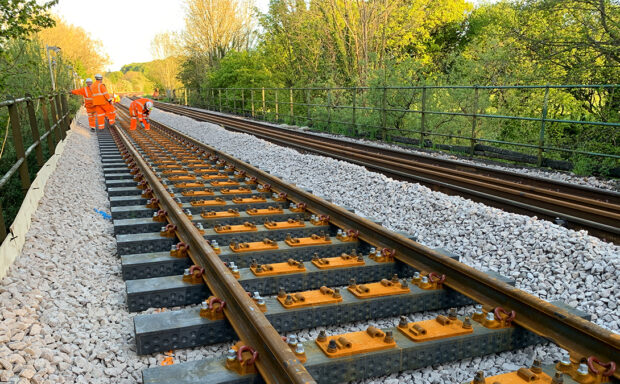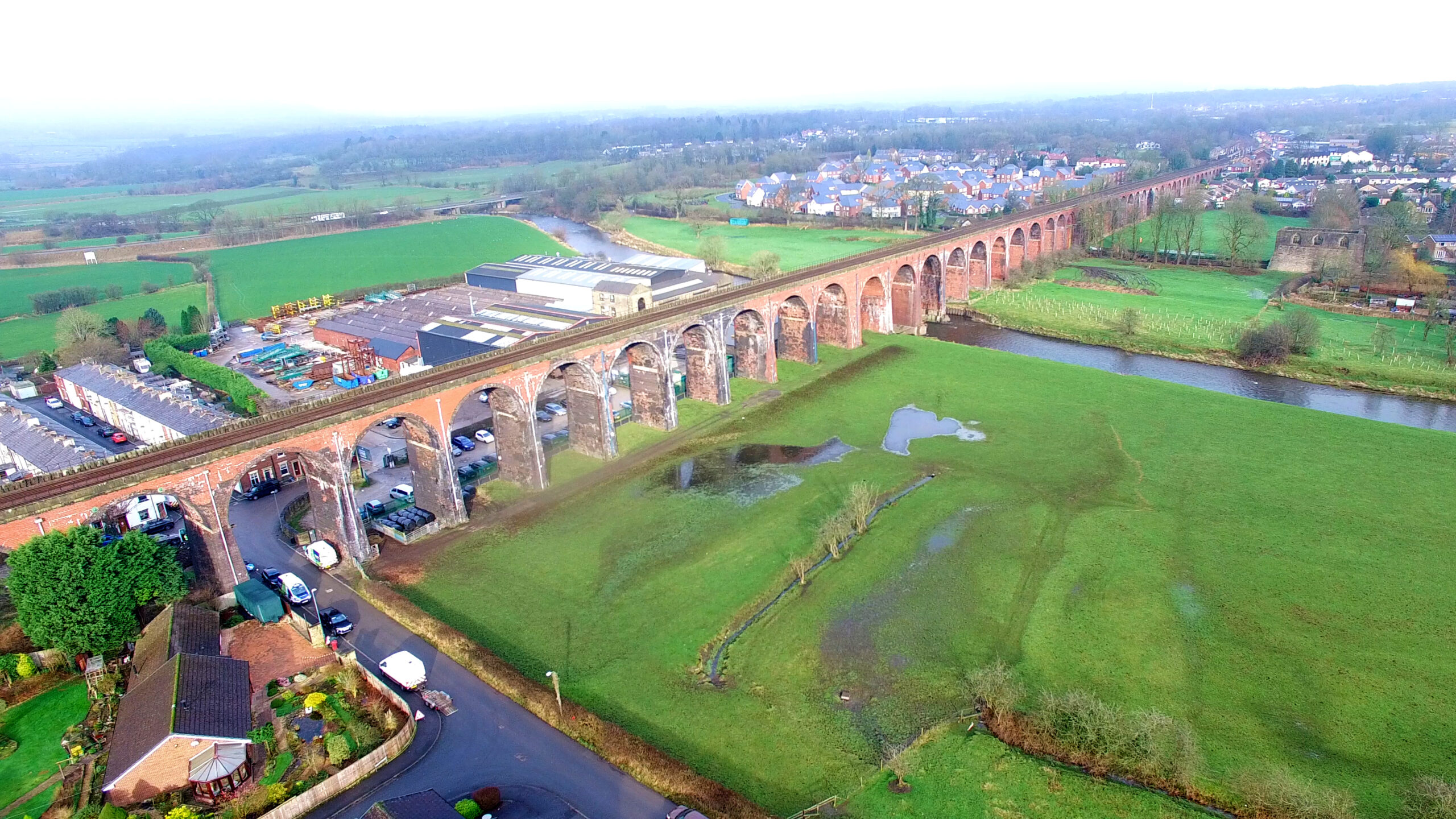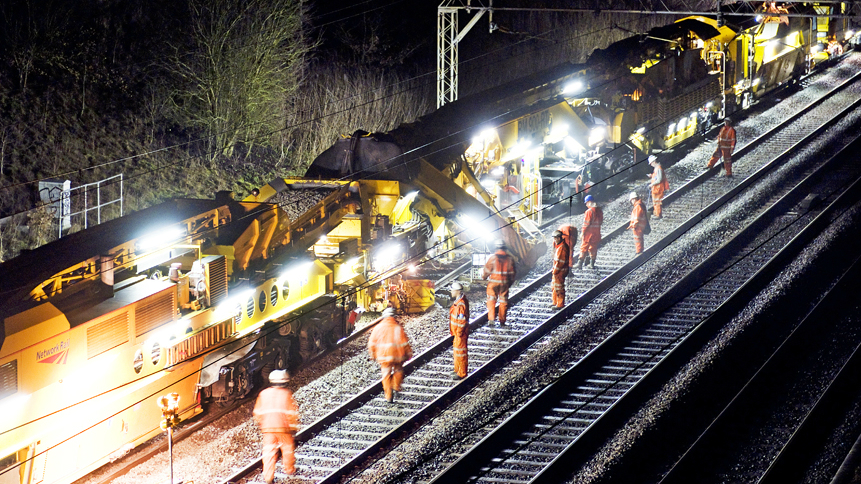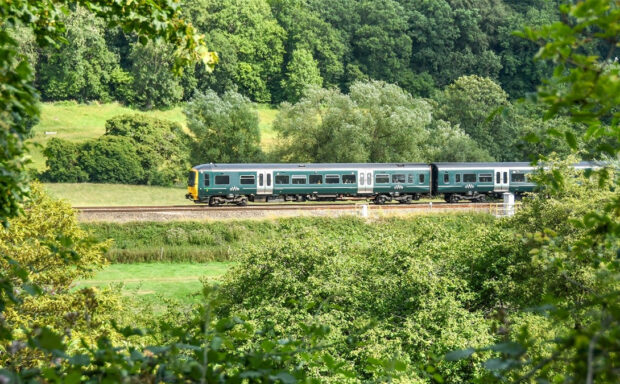This International Archives Week – 3 to 9 June – highlights how archives put people at the heart of information.
Helping to build a better railway for passengers is a crucial function of the Network Rail archive in York.
In fact, the archive is a vital function in a modern railway, enabling us to build better stations, more lines, and improve and maintain our infrastructure.
The archive holds a vast number of legal documents, including an estimated three million to four million deeds.
As one of the biggest landowners in Britain, Network Rail responds to tens of archive deeds requests every day from solicitors and developers, proving the boundaries of our land and rights of access.
Take a peek inside the George Stephenson notebook, one of the most historically important pieces stored at the Network Rail archive…
Why is the archive vital to today’s railway?
Information held in the archive enables us to develop and maintain the railway, improving the infrastructure and journeys for millions of passengers.
For instance, our teams contact the archive to consult original plans and drawings of railway bridges before carrying out electrification to accommodate modern, more reliable trains.
Electrification of the railway on our Western route in 2015 involved the Box tunnel in Wiltshire – designed by Victorian engineer Isambard Kingdom Brunel.
Our engineers needed to lower the mainline running from London Paddington station towards the South West of England, which runs through the iconic tunnel.
Projects like this often require consultation with the Network Rail archive to ensure the work is carried out sympathetically.
Development work such as building or extending railway stations relies on the deeds stored at the archive to demonstrate our land ownership.
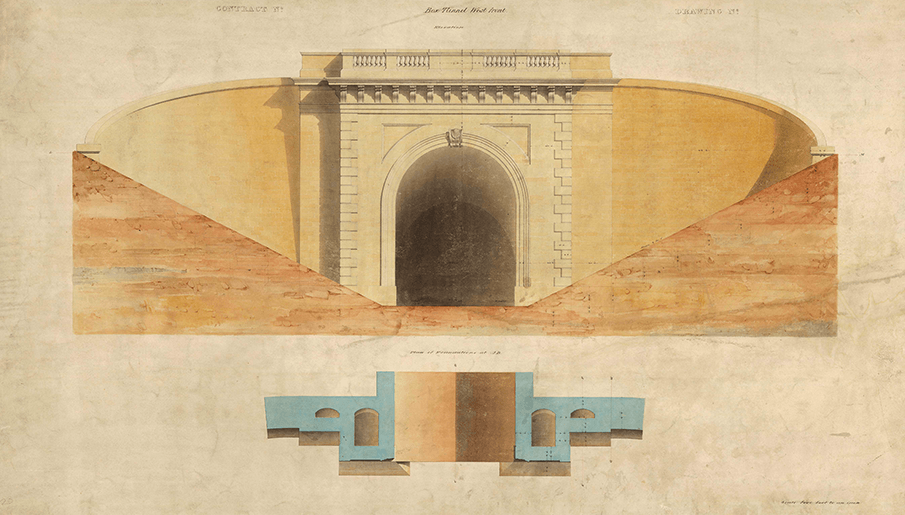
Brunel’s Box Tunnel
The archive is also home to a huge number of historically important documents, drawings and letters. They include a letter written by Brunel, a deed signed by Sir Christopher Wren and ‘father of the railways’ George Stephenson’s original plan and budget for the ground-breaking Stockton and Darlington Railway.
Now, for the first time, the document is available to view online.
Read more:
- International Archives Week
- Working with railway heritage
- Incredible Stephenson railway history rediscovered
- Top five English heritage trips by rail
- From the archive: Glasgow Queen Street
- From the archive: London Charing Cross
- Step back in time… and inside Britain’s busiest signal box
- Network Rail graduates step into history
- Our signalling heritage

